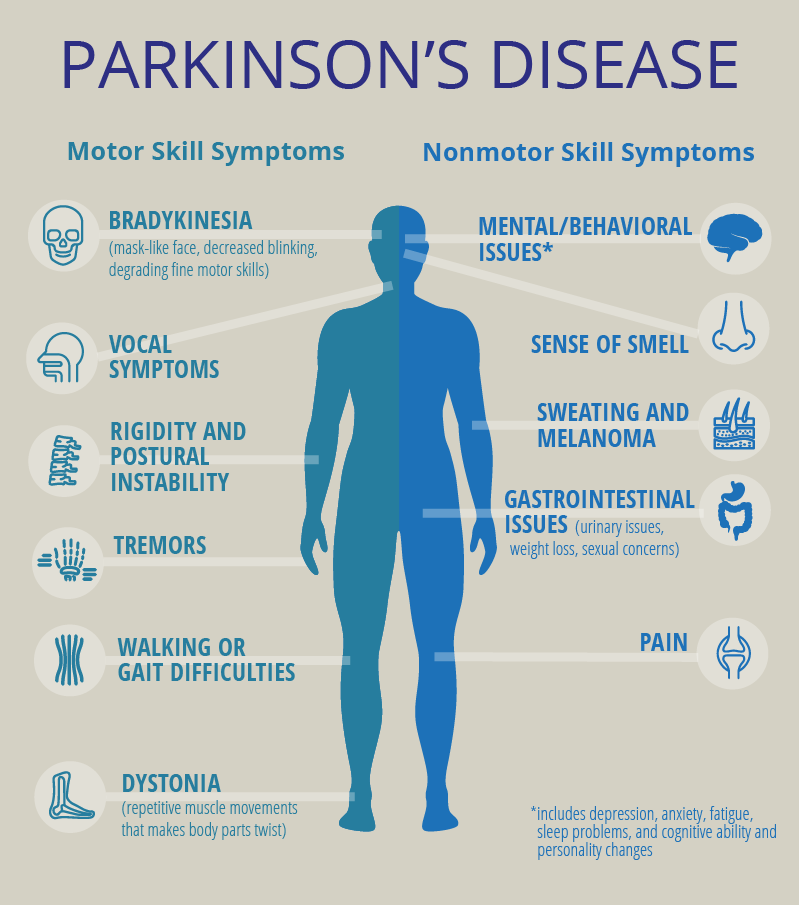Stem Cell Therapy: New Hope for Patients with Parkinson’s Diseases
A new and powerful treatment is opening up doors for people suffering from Parkinson’s diseases—stem cell therapy. Results of new research show that stem cell transplants not only produce dopamine, but also reduce some symptoms of Parkinson’s diseases, such as tremor.
Recent research focused on two studies, which primarily evaluated the safety of the treatment. But these studies showed unexpectedly positive results, which open new horizons for Parkinson’s diseases in the future.

Parkinson Diseases: A Serious Health Issue
Parkinson diseases is a neurological disorder that damages dopamine-producing neurons. Dopamine is an important chemical messenger that regulates the brain’s motor functions. As dopamine-producing neurons begin to decline, patients face tremors, rigidity, fatigue, walking difficulty and cognitive problems.
More than 1 million people in the U.S. alone are facing Parkinson diseases. So far treatments mainly manage the symptoms, but there is no permanent cure to stop the disease.
Stem Cell Therapy: How does it work?
Stem cells are immature cells that can develop into multiple cell types, including dopamine-producing neurons. Researchers believe that if these cells are transplanted into the brains of patients with Parkinson’s disease, they will not only produce dopamine but also repair lost circuitry in the brain.
Two small studies—one in the U.S.-Canada and one in Japan—showed the potential of this approach.
First Study: U.S. and Canada
BlueRock Therapeutics, a biotech company that is a subsidiary of Bayer, transformed embryonic stem cells into neuron progenitors. These neuron progenitors were injected into the movement-related area of the patients’ brains through surgery.
Results:
- Analysis of PET scans confirmed that the transplanted cells were producing dopamine.
- Participants in the high-dose group showed a 20-point improvement on the Parkinson scale, which is quite promising for typical Parkinson disease patients.
In addition to the high-dose group, the low-dose group also appeared to benefit, but was not as impactful.
Second Study: Kyoto, Japan
The second study in Japan used induced pluripotent stem cells that derive from the patient’s own cells. These cells, unlike embryonic stem cells, are also ethically acceptable.
Results:
- Along with dopamine production, there was a noticeable improvement in the symptoms of the patients.
- Without any major side effects, this therapy can become a safe and effective option.
Challenges and Expectations of Stem Cell Therapy
This breakthrough is very promising, but some challenges still remain:
- Tumor Formation Risk: Stem cells remain in the brain for a long time after transplantation. If their behavior is unexpected, there can be a risk of tumor formation. Long-term monitoring is necessary.
- Disease Process: Stem cells do not address the root cause of Parkinson’s diseases. New neurons can also face the same process that damages existing neurons.
- Cost and Accessibility: Stem cell therapy is a very high-tech and expensive procedure that may be limited to elite healthcare systems in the initial stages.
Future of Parkinson Diseases Treatment
Stem cell therapy has now been cleared for an FDA-approved Phase 3 trial, which is necessary for its final approval. If this therapy is successful, it will become a treatment option not only for Parkinson’s patients but can also be explored for other neurological diseases such as Alzheimer’s and epilepsy.
Dr. Viviane Tabar, a neurosurgeon and stem cell researcher, says, “Stem cells can repair the entire lost circuitry of the brain except dopamine.”
This research has the potential to start another era where missing neurons can be replaced and their function restored.
A new hope
Stem cell therapy has emerged as a ray of hope for patients of Parkinson’s disease. From managing symptoms to improving quality of life, this treatment can become a new ray of light for those who have fought their disease through medicines and surgeries till now.
With this new breakthrough, the efforts of researchers and doctors look quite promising. But at the same time, patients and the medical community need to remain vigilant and understand the long-term benefits and risks.
